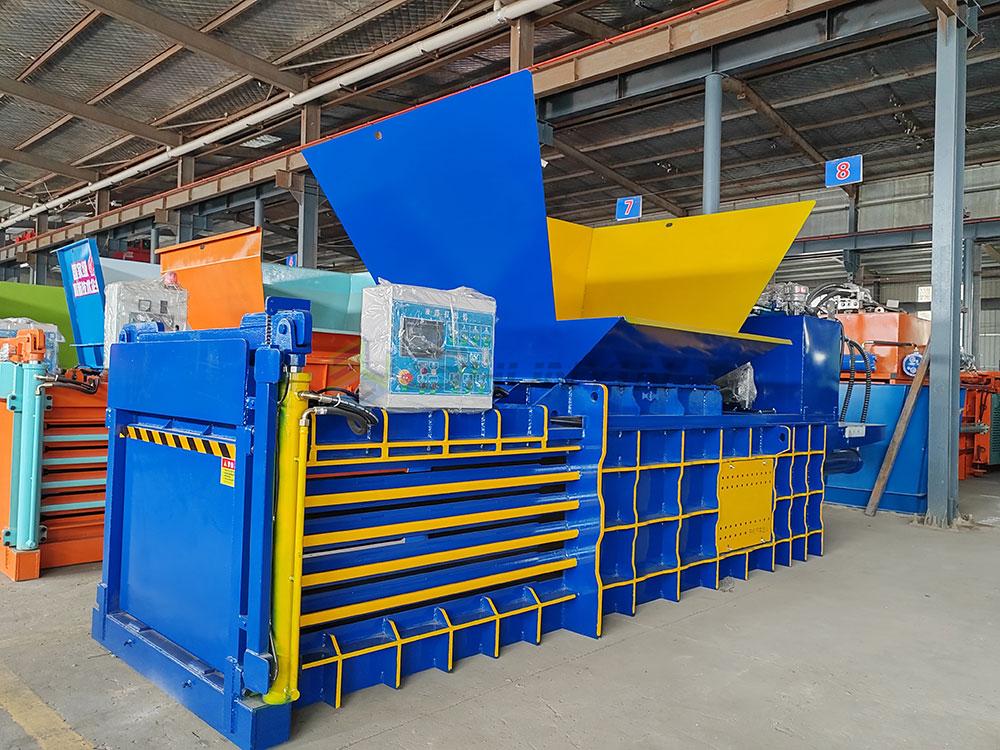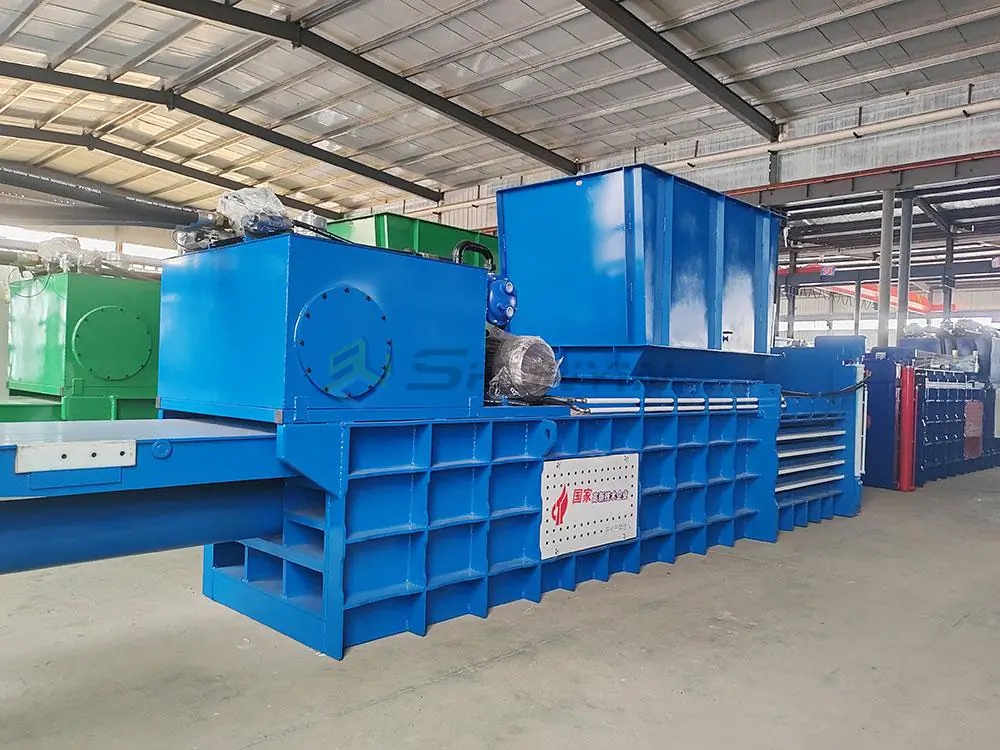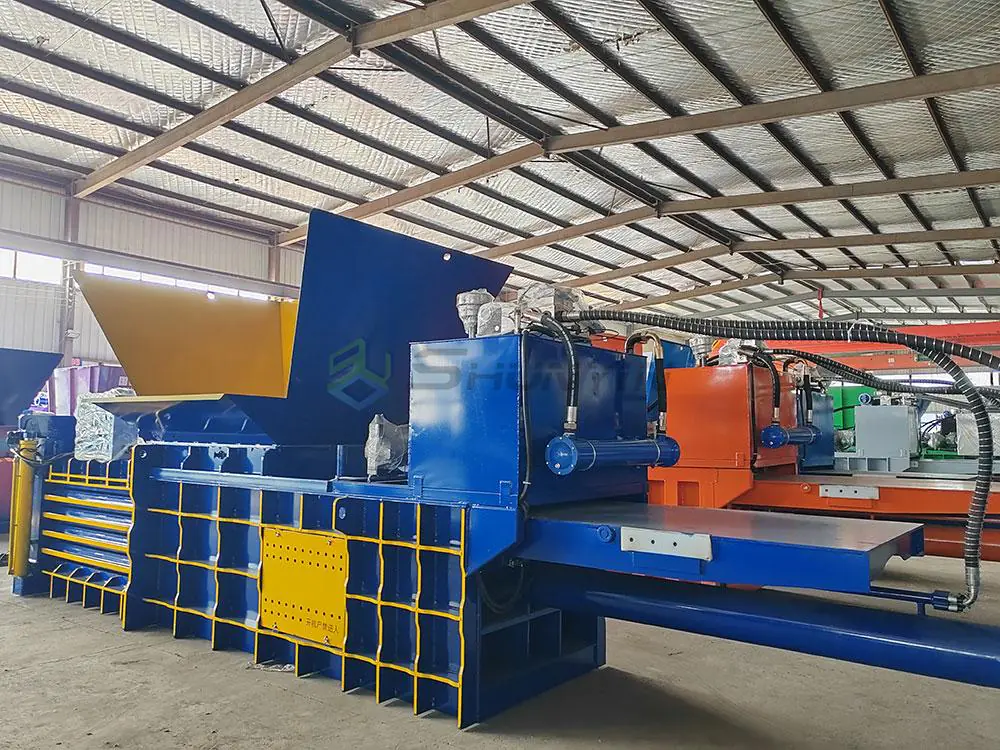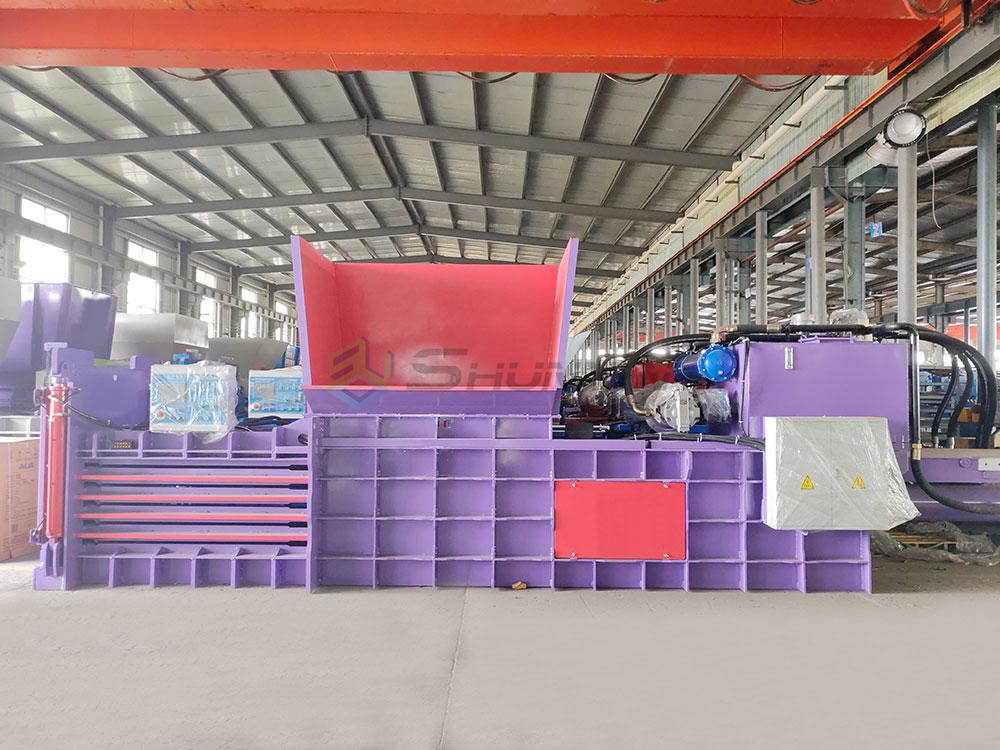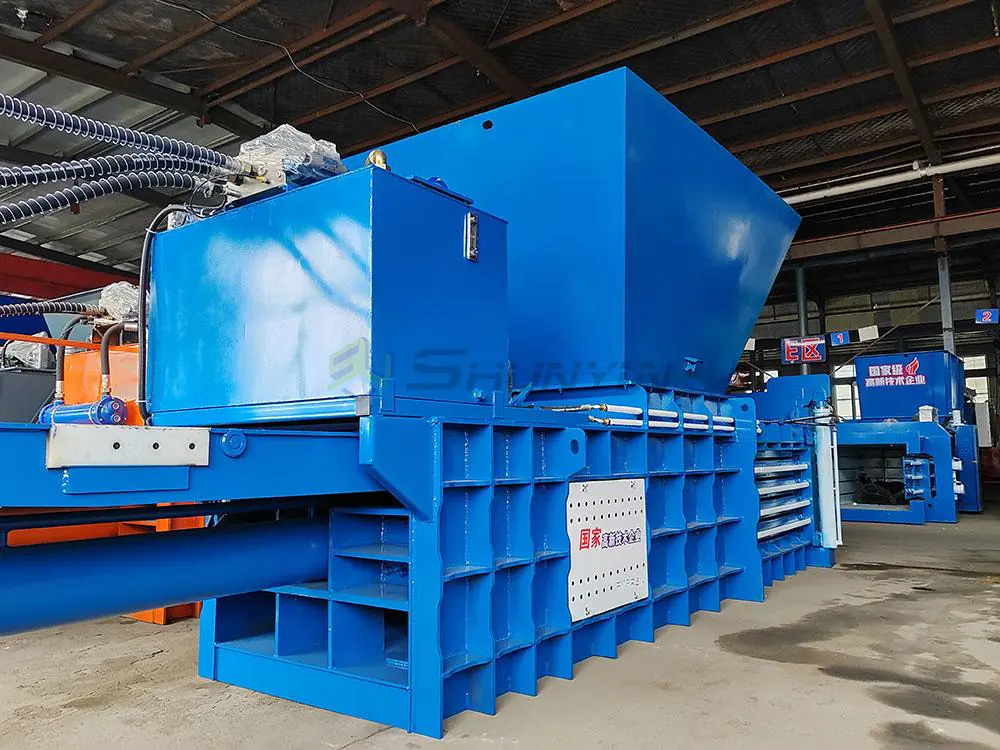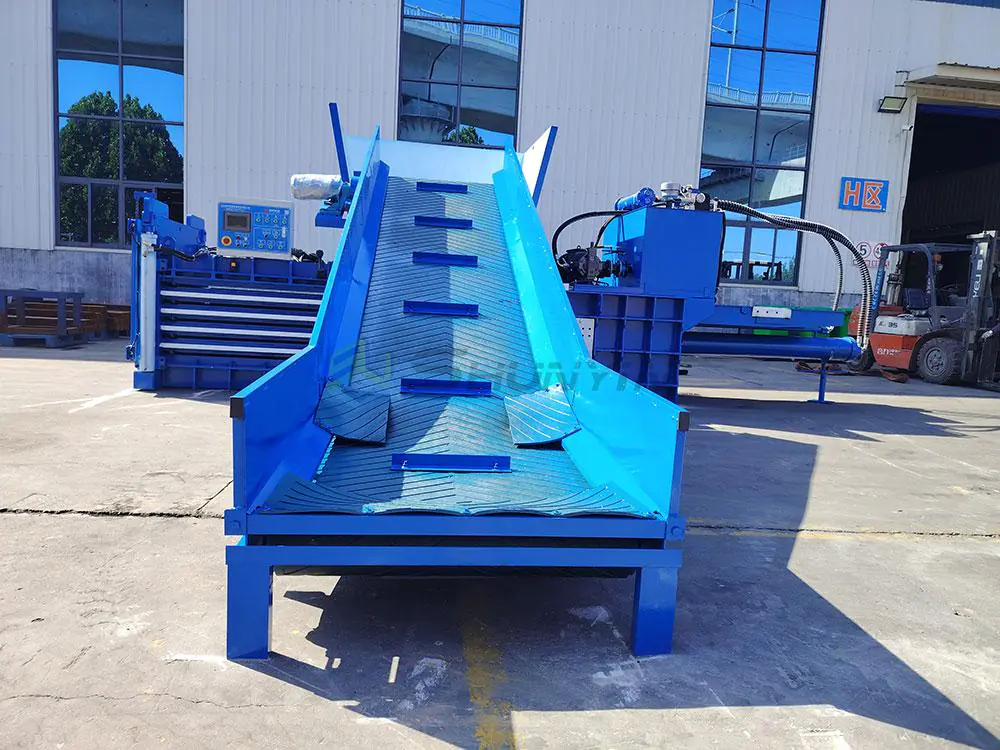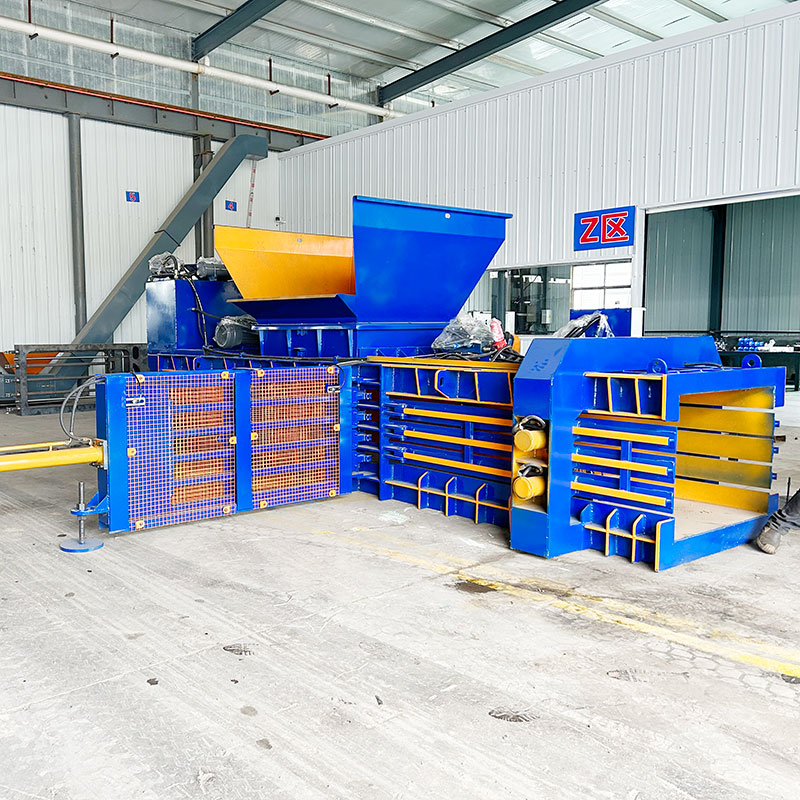
Last quarter, a client’s manual baler caused $23,000 in overtime labor costs during peak season. This solidified my belief in automation’s transformative power. Let’s compare these technologies.
Full automatic horizontal balers offer 3-5× higher throughput than manual models through PLC-controlled compression cycles (16-22 bales/hour vs 5-8), hands-free operation (90% labor reduction), and intelligent sensor systems that prevent 78% of jams. Our clients achieve 18-34 month ROI through consistent 24/7 operation with <2% downtime.
After supplying 48 automated systems to Japan and Canada this year, I’ve identified four critical comparison points.
What is the difference between vertical and horizontal balers?
When a Dubai client tried processing cardboard in vertical balers, their warehouse turned into a Tetris nightmare. Space efficiency matters:
Horizontal balers process 8-15× more material daily than vertical models through continuous feed systems and automated ejection. Key differences lie in throughput (horizontal: 20-80T/day vs vertical: 2-8T), bale density (horizontal 650kg/m³ vs vertical 380kg/m³), and labor needs (horizontal: 1 operator vs vertical: 2-3).

| Performance comparison (based on 2023 client data): | Metric | Vertical | Horizontal | Difference |
|---|---|---|---|---|
| Cycle Time | 8-12 minutes | 3-5 minutes | 62% faster | |
| Bale Weight | 300-500kg | 800-1200kg | 167% heavier | |
| Floor Space | 25㎡ | 65㎡ | 160% larger | |
| Energy Use/Ton | 11.5kW | 8.2kW | 29% savings |
Our automated horizontal models helped a Toronto client reduce staffing from 5 to 1 operator – calculate your space savings.
What is an automatic baler?
We retrofitted a manual baler with auto-tiers last month – the client’s production jumped 40% overnight. Here’s what defines automation:
Automatic balers self-regulate compression force (50-250 tons adjustability), tie bales with robotic arms (6-8 wires/bale), and sort materials via AI vision systems. Core components include PLC controllers (1500+ program steps), load sensors (±0.5% accuracy), and predictive maintenance modules monitoring 28+ parameters.

| Automation tier comparison: | Feature | Manual | Semi-Auto | Full Auto |
|---|---|---|---|---|
| Cycle Initiation | Human | Sensor | AI Schedule | |
| Wire Tying | Manual | Assisted | Robotic | |
| Error Detection | Visual | Basic Alerts | Self-Correct | |
| Data Collection | None | Basic Logs | Cloud IoT |
Our auto-tie systems eliminate 92% of workplace hand injuries – request safety reports.
What is a manual tie baler?
A client’s new hire once forgot to tie a bale – $8,000 in scattered cardboard taught us manual risks:
Manual tie balers require operators to physically secure bales with wires/straps, needing 3-5 minutes per bale vs 18-35 seconds automatic. They suit operations under 5T/day but incur 6-9× higher labor costs. Our analysis shows 72% of manual baler injuries occur during tying operations.

| True cost comparison (5-year period for 10T/day operation): | Cost Factor | Manual | Automatic | Difference |
|---|---|---|---|---|
| Labor | $216,000 | $28,800 | $187,200 | |
| Wire Usage | $43,200 | $28,800 | $14,400 | |
| Injury Claims | $18,000 | $1,200 | $16,800 | |
| Downtime | 240 hours | 36 hours | 204 hours |
Our auto-tie upgrade packages pay back in 13-18 months – explore conversion options.
What are the benefits of baler machine?
After installing our 100th auto baler in Singapore, the client reported 214% ROI in 26 months. Numbers don’t lie:
Automatic horizontal balers deliver 65-80% labor cost reduction, 40-60% energy savings, 92%+ operational uptime, and 5-9× higher resale value versus manual units. Additional benefits include OSHA compliance automation and real-time production tracking through integrated IIoT systems.

| ROI breakdown example (60T/day operation): | Metric | Manual | Automatic | Improvement |
|---|---|---|---|---|
| Monthly Throughput | 1,500T | 1,950T | +30% | |
| Labor Cost | $12,800 | $2,200 | -83% | |
| Energy Cost | $5,200 | $3,100 | -40% | |
| Maintenance | $1,800 | $950 | -47% | |
| Monthly Profit | $38,400 | $61,100 | +59% |
We provide free ROI projection tools1 – start your calculation.
Conclusion
Automation isn’t just machinery – it’s sustainable profitability. With our new 5G-enabled balers launching next quarter, we’re pushing efficiency boundaries further. Stop risking profits with outdated equipment – schedule your automation audit today.
-
Explore top ROI projection tools to help you calculate the financial benefits of automating your processes. ↩


